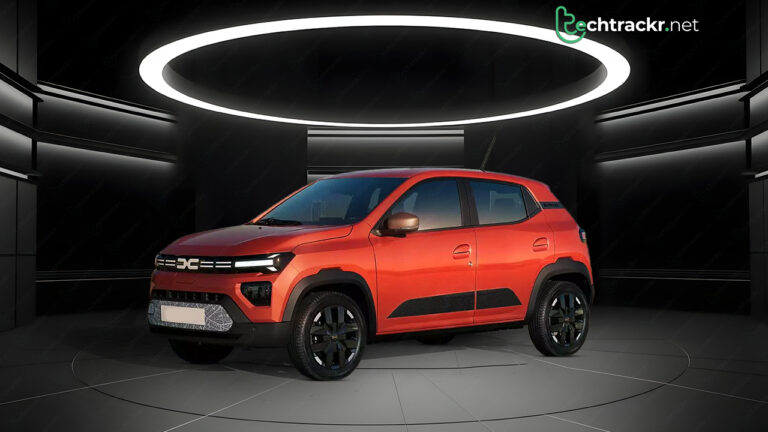
Renault has set the stage for a potential game-changer in the Indian electric vehicle (EV) landscape with the introduction of the Dacia Spring, an EV iteration based on its popular hatchback, the Kwid hatchback. This electrifying entry has the potential to shake up the Indian budget EV market as it could be a formidable contender against the reigning Tata Tiago EV. Here’s why.
Renault’s Dacia Spring, aka Kwid-based EV, exhibits a stunning exterior redesign, drawing inspiration from the new-gen Duster SUV, yes, it’s that bold for a hatchback. With rugged bumpers, chunky wheel arches, and captivating headlamps and tail lamps, the Dacia Spring exudes a fresh and contemporary vibe. If this styling translates to its Indian debut, it could overshadow the Tata Tiago EV in terms of visual appeal. Tiago’s design looks downright dull in 2024, and it deserves a facelift, a total revamp.
Sharing the same CMF-A platform and dimensions with its petrol-powered sibling, the Renault Kwid, the Dacia Spring stands out with its electric powertrain.
This electric offering is not just a looker but also packs a punch with its tech-savvy features and safety enhancements. Renault has infused modernity into the Dacia Spring’s cabin with a new vibrant digital instrument cluster, elevating the interior ambiance. The rugged yet refined design promises a chic driving experience, setting it apart from the competition. Once again, the Tata Tiago EV’s interior ends up looking quite boring in front of what Renault has in plan for the price-conscious EV buyers.
Dacia Spring also prioritizes safety with Advanced Driver Assistance Systems (ADAS), featuring lane-keeping assistance and advanced emergency braking. With standard dual airbags and a potential upgrade to six airbags upon its India debut, safety standards can reach new heights for the budget EV market.
While the Renault Kwid relies on petrol, the Dacia Spring is a dedicated electric vehicle. Boasting a 26.8kWh battery pack, it offers two power variants: 43bhp and 65bhp, with a promising range of over 200km. The EV is compatible with both AC and DC chargers, providing convenience and flexibility for users.
Although Indian consumers can anticipate the Dacia Spring’s arrival post-2025, the entry-level EV is positioned to challenge the Tata Tiago EV. With superior styling, enhanced interiors, and top-notch safety features, the Dacia Spring aims to give the current most affordable EV, the Tata Tiago EV, a run for its money.
As the EV landscape in India evolves, the battle for EVs is set to intensify in every price category. Volkswagen is planning to introduce its first electric SUV- ID.4 in India soon. Vietnam-based car manufacturer VinFast is also setting up a plant in Tamil Nadu, and will soon introduce its V-series EV line-up in India. Skoda has also set plans to introduce its premium EV SUV- Enyaq in India. It’s gonna be an electrifying time for car enthusiasts in India.
